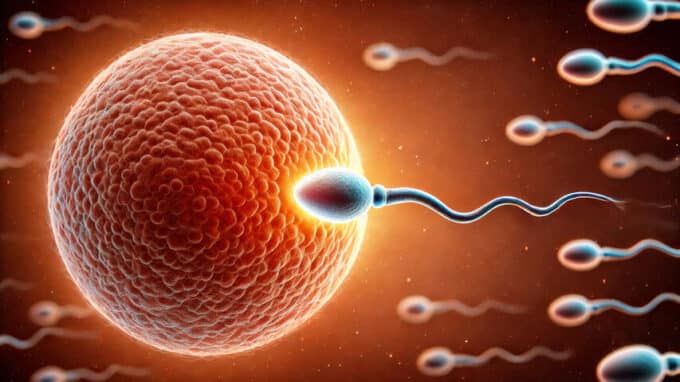A recent study conducted on threadworms concludes that a common plastic component causes breaks in the DNA strands, resulting in egg cells with the wrong number of chromosomes. Monica Colaiácovo of Harvard Medical School led the study, which was published in the journal PLOS Genetics. There are many types of phthalates. Benzylbutylphthalate (BBP) is a chemical that makes plastic more flexible and durable and can be found in many consumer products, including food packaging, personal care products and children’s toys.
BBP Causes Oxidative Stress and Breaks in the DNA Strands
In the study, the researchers tested a range of BBP doses on the threadworm Caenorhabditis elegans and looked for abnormal changes in the egg cells. They found that BBP, at concentrations similar to those found in humans, disrupts the distribution of newly copied chromosomes in the sex cells. Specifically, BBP causes oxidative stress and breaks in the DNA strands, leading to cell death and oocytes with the wrong number of chromosomes.
Based on these findings, the researchers hypothesize that BBP exposure alters gene expression in ways that cause extensive DNA damage and ultimately result in lower quality oocytes with abnormal chromosome segregation. The study also showed that C. elegans metabolizes BBP in the same way as mammals, and is adversely affected at similar BBP concentrations as in humans, suggesting that C. elegans is an effective model for studying the effects in humans. Overall, the study highlights the toxic nature of this very common plastic ingredient and the damage it causes to animal reproduction.
The authors conclude: “In this study, germline examination of female C. elegans exposed to the range detected in human serum and urine revealed altered gene expression associated with increased germline oxidative stress, impaired genomic integrity, and meiotic chromosome segregation errors.
How Phthalates Affect Female Fertility
Previous research by the University of Illinois found that when female mice were given a 10-day oral dose of the phthalate DiNP, it disrupted their reproductive cycle and affected their ability to become pregnant for up to nine months. To study the effects of these phthalates on female fertility, female mice were fed corn oil solutions containing environmentally relevant levels of DEHP or DiNP in the range of 20 micrograms to 200 milligrams per kilogram of body weight. Such doses are comparable to the levels of exposure that humans may experience in their daily lives and at work, according to Chiang. After the 10-day dosing period, the female mice treated with phthalates and their counterparts in the control group were mated twice with untreated male partners for breeding.
Three months after dosing, one-third of the females treated with the lowest doses of DEHP and DiNP were unable to become pregnant after mating, while 95 percent of the females in the control group became pregnant. The proestrus phase, when follicles in the ovaries grow rapidly and fertility increases, was shorter. However, the later phases of the cycle, the metoestrus and dioestrus phases, in which the ovaries produce progesterone and the uterine lining forms, were longer. When the mice were examined immediately after the 10-day administration period, the researchers also found that the uterus of the treated females weighed significantly less than that of the females in the control group.
However, no such differences were found at the three- and nine-month intervals. In the females treated with the lowest doses of DEHP or DiNP, there was a significant reduction in the number of females that became pregnant and gave birth, compared to the control group. The researchers hypothesized that dysregulation of the mice’s steroid hormones caused their uterine lining to respond less to embryo implantation. According to the study, there is a narrow window of time during which the endometrium is receptive to implantation, and a woman’s sex steroid hormones must be well regulated for this to occur. Or else, the phthalate exposure accelerated the end of the reproductive lifespan of the female mice and reduced their chances of becoming pregnant, the researchers said.





